Beyond the Basics: A Deep Dive into Ford's 3/36 Bumper-to-Bumper vs. 5/60 Powertrain Coverage
Understanding Your Ford Warranty Basics
When you drive a brand-new Ford off the lot, you're not just getting a vehicle; you're also getting the manufacturer's promise to stand behind their product. This promise comes in the form of a factory warranty, designed to cover repairs needed due to defects in materials or workmanship. It's not an insurance policy against accidents or wear-and-tear from normal use, but rather a safeguard against components failing prematurely due to a fault in how they were made or assembled. Ford's warranty structure is designed to offer comprehensive initial coverage, followed by targeted protection for the vehicle's most vital and expensive components.
The 3/36 Bumper-to-Bumper Warranty Explained
Let's start with the Ford 3-year/36,000-mile Bumper-to-Bumper Limited Warranty. This is often referred to as the 'comprehensive' warranty because it covers the vast majority of your vehicle's components. The '3/36' means that the coverage lasts for three years from the vehicle's original purchase date or until the odometer reaches 36,000 miles, whichever comes first. During this period, if almost any part of your Ford fails due to a defect in material or workmanship, Ford will repair or replace it at no cost to you. This provides significant peace of mind during the initial years of ownership, covering virtually everything from the engine to the infotainment system, and everything in between – hence the 'bumper-to-bumper' moniker.
What Does 'Bumper-to-Bumper' Actually Cover?
While 'bumper-to-bumper' suggests everything, it's important to understand the nuance. This warranty covers the vast majority of your Ford's components, including electrical systems, heating and air conditioning, audio systems, power accessories, suspension components, steering systems, and much more. Think of all the complex systems that make your car comfortable, safe, and functional – most of these fall under the 3/36 umbrella. However, it's not truly *everything*. Typical exclusions from bumper-to-bumper coverage include maintenance items like oil changes, tire rotations, brake pads, wiper blades, and tires (which usually have their own separate manufacturer warranties). Damage from accidents, misuse, lack of maintenance, or aftermarket modifications are also generally not covered. It's about manufacturing defects, not operational wear or user-induced issues.
The 5/60 Powertrain Warranty Deciphered
Next up is Ford's 5-year/60,000-mile Powertrain Limited Warranty. As the name suggests, this coverage focuses specifically on your vehicle's powertrain components. The '5/60' extends your protection for these critical parts to five years or 60,000 miles, whichever comes first. The powertrain is essentially the heart and soul of your vehicle, responsible for generating and delivering power to the wheels. This includes the engine (cylinder block, cylinder heads, all internal parts, manifold, timing gears and chain or belt, flywheel, etc.), the transmission (case, all internal parts, torque converter, clutch cover and housing), and the drive system (front-wheel drive, rear-wheel drive, all-wheel drive/four-wheel drive components, including drive shafts, axles, bearings, etc.).
Understanding this distinction is vital. While the bumper-to-bumper warranty expires after 3 years or 36,000 miles, the powertrain warranty continues to protect these expensive, essential components for an additional two years or 24,000 miles. This extended coverage is a significant benefit, as powertrain repairs are often among the most costly a vehicle owner can face.
Why is Powertrain Coverage Longer?
It's a common question: why do manufacturers offer longer coverage for the powertrain specifically? The answer lies in the cost and criticality of these components. The engine, transmission, and drive systems are the most complex, engineered parts of your vehicle. They are also the most expensive to repair or replace if a major defect occurs. By offering an extended powertrain warranty, Ford demonstrates confidence in the durability and longevity of these core systems. It also provides owners with a longer period of protection against catastrophic mechanical failures that could otherwise lead to very substantial repair bills. This extended peace of mind for the vehicle's most vital organs is a key selling point and a major benefit for long-term ownership.
Key Differences and Overlaps: 3/36 vs. 5/60
The core difference between these two warranties is simple: the 3/36 bumper-to-bumper covers *more* components for a *shorter* duration, while the 5/60 powertrain warranty covers *fewer* (but critical and expensive) components for a *longer* duration. For the first three years or 36,000 miles, your Ford is essentially covered by both warranties simultaneously. During this period, if your engine develops a fault, it's covered under both the bumper-to-bumper and the powertrain warranty. If your infotainment screen malfunctions, it's covered under the bumper-to-bumper warranty.
However, once the 3-year/36,000-mile mark is passed, the bumper-to-bumper coverage expires. At this point, your vehicle is still protected by the 5-year/60,000-mile powertrain warranty. This means that if your transmission fails at 4 years and 50,000 miles, it would still be covered. But if your air conditioning system stops working at the same time, it would no longer be covered under the factory warranty. Understanding this transition point is crucial for anticipating potential out-of-pocket expenses as your vehicle ages.
Maximizing Your Ford Warranty Protection
To get the most out of your Ford's factory warranty, here are a few key tips: First and foremost, adhere to the recommended maintenance schedule outlined in your owner's manual. Keep detailed records of all services performed, as this can be crucial if a warranty claim arises. Ignoring scheduled maintenance can void certain warranty coverages. Secondly, read your warranty booklet thoroughly. Knowing the specific terms, conditions, and exclusions will empower you to make informed decisions and prevent surprises. Don't make unapproved modifications to your vehicle, as these can also void parts of your warranty. Finally, consider whether a Ford Extended Service Plan (ESP) is right for you. These plans can pick up where your factory warranties leave off, offering continued protection for many components beyond the original terms, providing an even longer period of peace of mind for your Ford.
Conclusion
Ford's 3-year/36,000-mile Bumper-to-Bumper and 5-year/60,000-mile Powertrain Limited Warranties are foundational elements of owning a new Ford. While they may seem complex at first glance, understanding their distinct coverages, durations, and overlaps is incredibly empowering. Knowing what's covered and for how long allows you to drive with confidence, plan for future maintenance, and make informed decisions about your vehicle's longevity. By taking a deep dive beyond the basics, you're not just understanding a document; you're securing your investment and enhancing your Ford ownership experience for years to come. Drive safely, and enjoy the journey!Where can I find my VIN?


